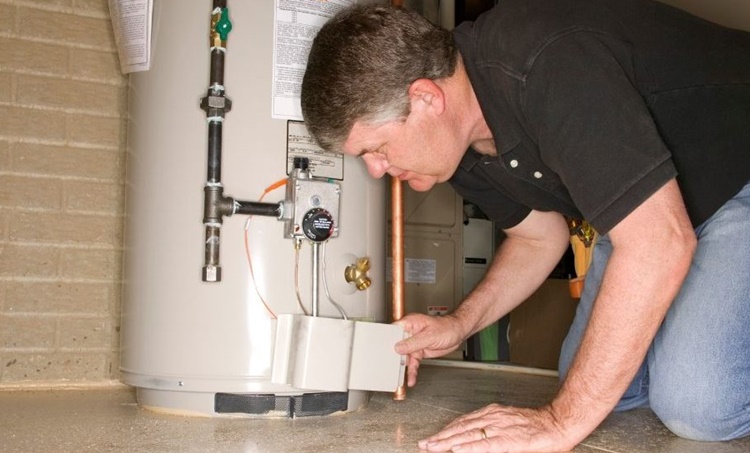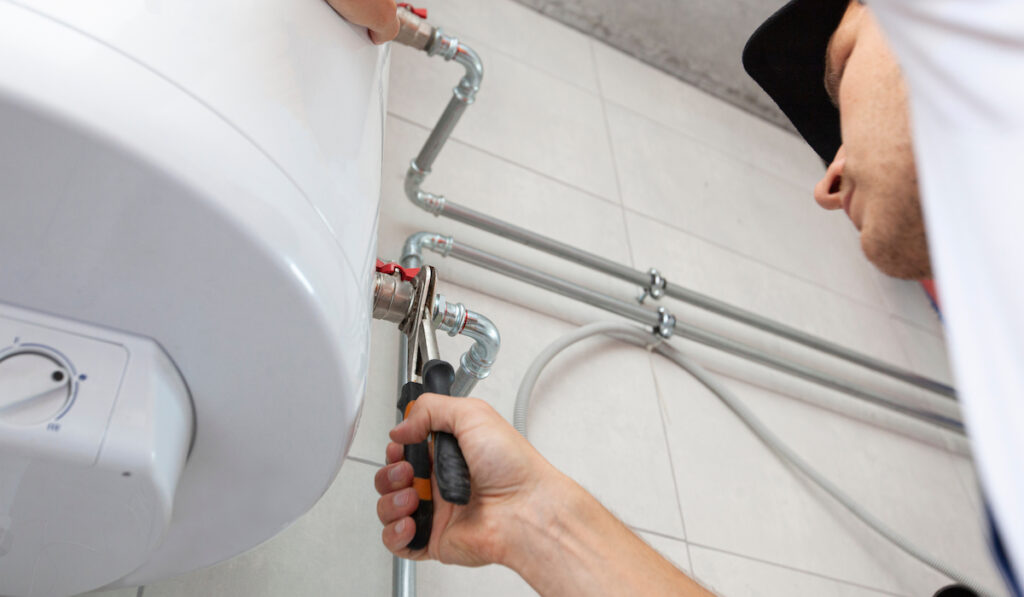The publisher is making several great pointers regarding Tips on Maintaining a Water Heater in general in this article further down.

Warm water is important for daily convenience, whether it's for a refreshing shower or washing dishes. To guarantee your warm water system runs effectively and lasts longer, normal maintenance is key. This post offers practical ideas and insights on just how to preserve your home's warm water system to prevent disturbances and expensive repairs.
Introduction
Maintaining your home's warm water system could appear difficult, but with a couple of basic steps, you can ensure it runs smoothly for years ahead. This guide covers everything from recognizing your warm water system to DIY upkeep tips and recognizing when to contact specialist help.
Importance of Preserving Your Hot Water System
Routine upkeep not only expands the lifespan of your warm water system yet likewise guarantees it operates effectively. Overlooking upkeep can lead to reduced performance, greater energy expenses, and even premature failing of the system.
Signs Your Warm Water System Demands Maintenance
Recognizing when your hot water system requires focus can prevent major problems. Keep an eye out for signs such as irregular water temperature level, unusual sounds from the heating unit, or corroded water.
Flushing the Water Heater
Purging your hot water heater removes debris build-up, boosting efficiency and extending its life.
Monitoring and Changing Anode Rods
Anode rods avoid deterioration inside the storage tank. Evaluating and replacing them when worn is critical.
Facility Concerns Requiring Expert Assistance
Instances consist of major leaks, electrical issues, or if your hot water heater is consistently underperforming.
Routine Professional Maintenance Benefits
Professional maintenance can include complete evaluations, tune-ups, and making sure conformity with safety and security criteria.
Inspecting and Adjusting Temperature Settings
Adjusting the temperature settings guarantees ideal performance and security.
DIY Tips for Upkeep
You can perform several maintenance tasks on your own to maintain your warm water system in top condition.
Looking for Leakages
On a regular basis examine pipes and links for leakages, as these can result in water damage and greater expenses.
Comprehending Your Hot Water System
Before diving right into upkeep jobs, it's practical to comprehend the basic parts of your warm water system. Generally, this includes the hot water heater itself, pipes, anode rods, and temperature level controls.
Regular Monthly Maintenance Tasks
Normal monthly checks can aid capture small concerns before they escalate.
Checking Pressure Alleviation Valves
Evaluating the pressure safety valve ensures it operates properly and prevents extreme pressure build-up.
Insulating Pipelines
Protecting warm water pipes minimizes warm loss and can conserve energy.
When to Call a Professional
While do it yourself maintenance is useful, some concerns require expert expertise.
Conclusion
Routine upkeep of your home's hot water system is vital for effectiveness, long life, and cost financial savings. By adhering to these ideas and knowing when to look for expert help, you can make certain a reputable supply of warm water without unanticipated disruptions.
How to Maintain an Instant Hot Water Heater
Before tinkering with your hot water heater, make sure that it’s not powered on. You also have to turn off the main circuit breaker and shut off the main gas line to prevent accidents. Also turn off the water valves connected to your unit to prevent water from flowing into and out of the appliance. 2. When you’re done, you have to detach the purge valves’ caps. These look like the letter “T” and are situated on either side of the water valves. Doing so will release any pressure that has accumulated inside the valves while at the same time avoid hot water from shooting out and burning your skin. 3. When the purge valves’ caps are removed, you have to connect your hosing lines to the valves. Your unit should have come with three hoses but if it didn’t, you can purchase these things from any hardware or home repair shops. You can also get them from retail stores that sell water heating systems. Read the user’s manual and follow it to complete this task properly. When the hosing lines are connected, open the purge port’s valves. 4. You should never use harsh chemical cleaners or solutions when cleaning your unit. Make use of white vinegar instead. It should be undiluted and you’ll probably use about 2 gallons. 5. Now flush your water heater. This task should probably take about 40 minutes. We can’t give you specific directions for this because the procedure is carried out depending on the type, model and brand of your heater. With that being said, refer to the user’s manual. 6. When you’re done draining the unit, you have to turn off the purge port valves again. Remove the hosing lines that you earlier installed on each of the water valves. Put the valve caps (purge port) back in their respective places and be very careful so as not to damage the rubber discs that are found inside these caps. 7. Now that everything’s back in place, check your user’s manual again to find out how to reactivate your water heating system. 8. Once it is working, turn one of your hot water faucets on just to let air pass through the heater’s water supply pipes. Leave the tap on until water flows smoothly out of it. https://www.orrplumbing.com/blog/2014/september/how-to-maintain-an-instant-hot-water-heater/

I was introduced to that write-up on Water Heater Maintenance Tips You Can't Afford to Forget through a pal on our other web address. Enjoyed our blog posting? Please share it. Help another person find it. I praise you for your time. Come back soon.
Schedule Service Now